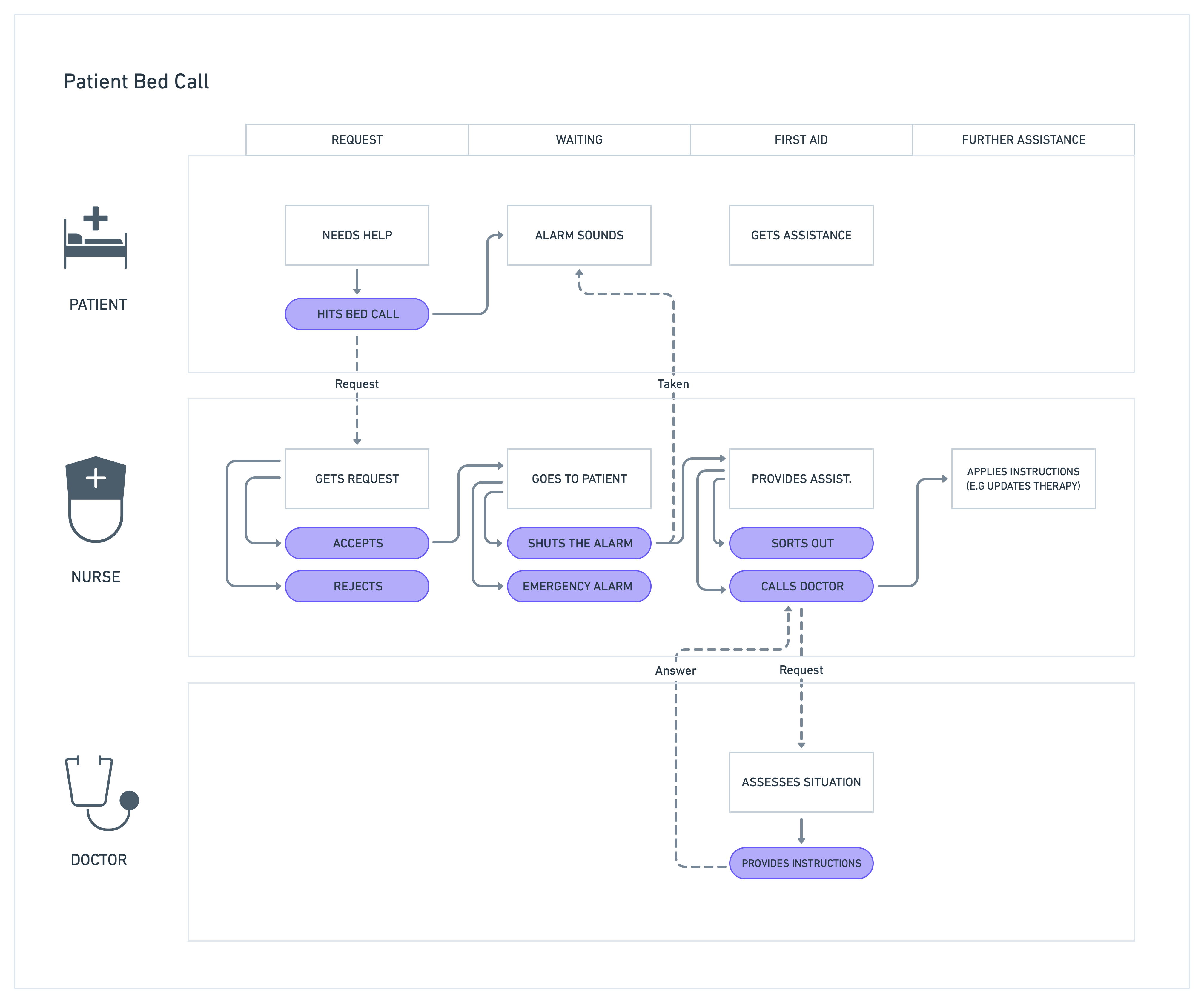A better UX starts with Customer Journey Mapping
Do you have good intuition but don’t know how to get started? Reconstruct your user journey and you’ll immediately understand how to make a difference.
After looking at your competitors and gathering feedback from those you work with, you’ve finally decided to design or improve the UX of your digital product.
Intuition tells you that the time has come, you’ve gathered lots of ideas… but where to start? How do you make sure you bring your users value where they need it most by optimising resources?
Through helping our customers answer these questions, at Moze we have often seen how effective it is to approach a new User Experience project starting from an overview of the user journey.
To achieve this goal, over the years we have used various tools that we select and adapt as and when required for each project.

One of the simplest and most well-known methodologies is Customer Journey Mapping: an analysis of the path the user takes when using a specific product or service.
Mapping the Customer Journey
The essence of this tool, created and developed in the world of marketing, can be found in many other similar methodologies used in many other contexts (e.g. Service Blueprint, UX Journey, User Story Mapping, etc).
Reconstructing the Customer Journey in its various phases, from product choice to long-term satisfaction, allows us to clearly observe the user experience as a whole and helps us identify:
- Needs, i.e. what drives the user (or group of users) to act at each stage.
- Tools, i.e. what other complementary or alternative solutions to your product the user currently uses or has tried in the past.
- Touchpoints, i.e. at which moments of the journey the user uses the product.
- Pain points, i.e. the most significant problems and small frictions the user encounters.
- Opportunities, i.e. the moments when your product or service can provide greater value.
Identifying these elements can be crucial in order to rearrange ideas, quickly understand where to invest time, attention and resources, and overcome uncertainty.
Below we have tried to summarise the fundamental steps for optimal Customer Journey Mapping, while avoiding the obstacles we have most often encountered.
1. Define your objective
Defining a shared objective with other team members is undoubtedly the first step in reconstructing the Customer Journey quickly and in sufficient detail to select the moments of the path to focus on.
Some examples can be:
- “We want to understand why many users get stuck at this point in the journey.”
- “We want to understand which features we could design or improve.”
- “We want to understand what else we could do to differentiate ourselves from our competitors.”
Analysing the user experience helps unblock the team, identify potential solutions faster and avoid long, unhelpful conversations about possible answers to these questions.
2. Get to know your users
Once we’ve identified the purpose of our investigation, the next step is to try to put together the information we have that can help define the various stages of the process.
This information may come from quantitative analyses (e.g. traffic data, marketing surveys, etc.) or from our direct experience with users, for example by involving those who personally deal with customer support.
If the information available to us proves insufficient, we can supplement it by directly asking users to share their experience with us through User Research activities.
3. Test your ideas
Once the Customer Journey has been analysed, it may be tempting to immediately launch a product that can improve the user experience as soon as possible.
Whether it’s about new features/services or improving the current User Experience, before embarking on long work cycles it can be extremely useful to create a simple prototype of what we’d like to develop and involve our users in a test.
Testing our ideas and capturing user reactions in advance can help verify our assumptions and resolve any last uncertainties before continuing to develop the product for the market.
Our experience: how to facilitate the collaboration of clinical staff at a hospital
Swiss startup Komed Health turned to us to redefine and improve the UX of Komed Flow, their messaging and collaboration application designed to facilitate communication between members of a hospital’s clinical staff.

Analysing the Customer Journey of a hospital that had just purchased the product helped us both to customise it according to staff needs and to discover other moments in the collaboration process where it could make a difference, such as shift management and patient privacy protection.